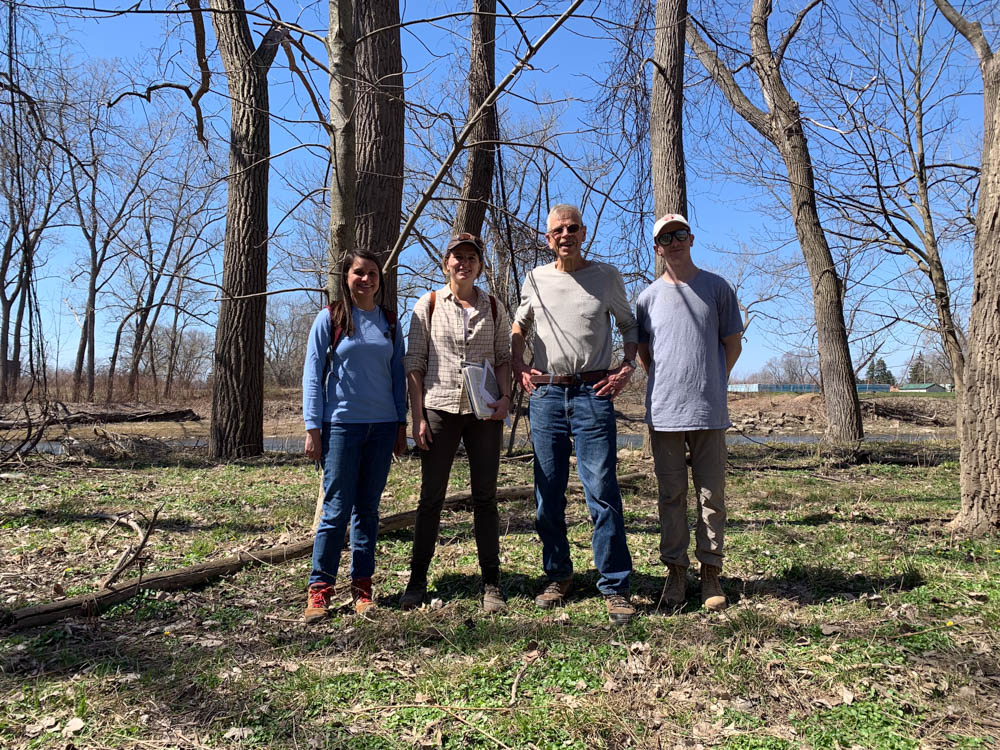Eastern Regional Director Kelley Berliner met this spring with a team of researchers at the Eaton Preserve near Buffalo, New York, to discuss an invasive species assessment project. The preserve contains evidence of human occupation dating from the Archaic through historic periods, though it primarily was the location of a Late Woodland Iroquoian Village dating to ca. A.D. 1550.
The Western New York Partnership for Regional Invasive Species Management selected the property as part of its Crew Assistance Program, and assessed the invasive species present on the 9-acre property. The Eaton Preserve Habitat Restoration Project is supported by a number of researchers: archaeologist Bill Engelbrecht, who excavated at the site; Albert Fulton, who specializes in paleoecology; and biologist Robert Warren. Based on the results of the survey, the partners will explore the possibility of removing invasive plants and replanting portions of the property with native species, in particular those that would have been used by Indigenous groups in the area. This will be done in conjunction with an assessment of the location of archaeological deposits to ensure that no further damage is done to them during planting.
As floral identification and analysis technologies improve, archaeological research has increasingly focused on studying plant materials from sites in an effort to understand climate and plant communities, and how they were influenced by Native groups living in the region. Some of the species that could be planted at the site will be informed by this research.




